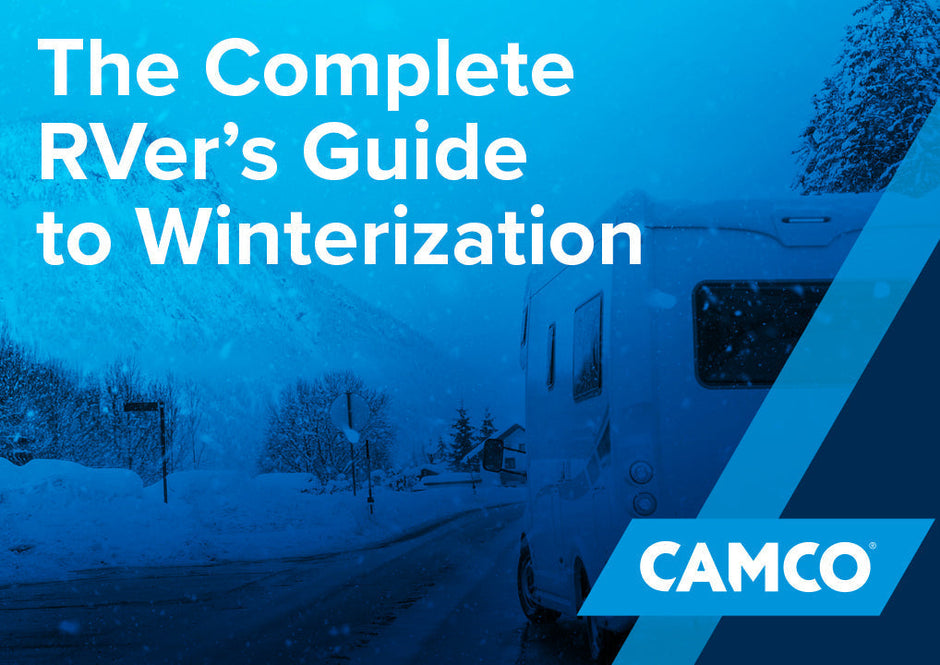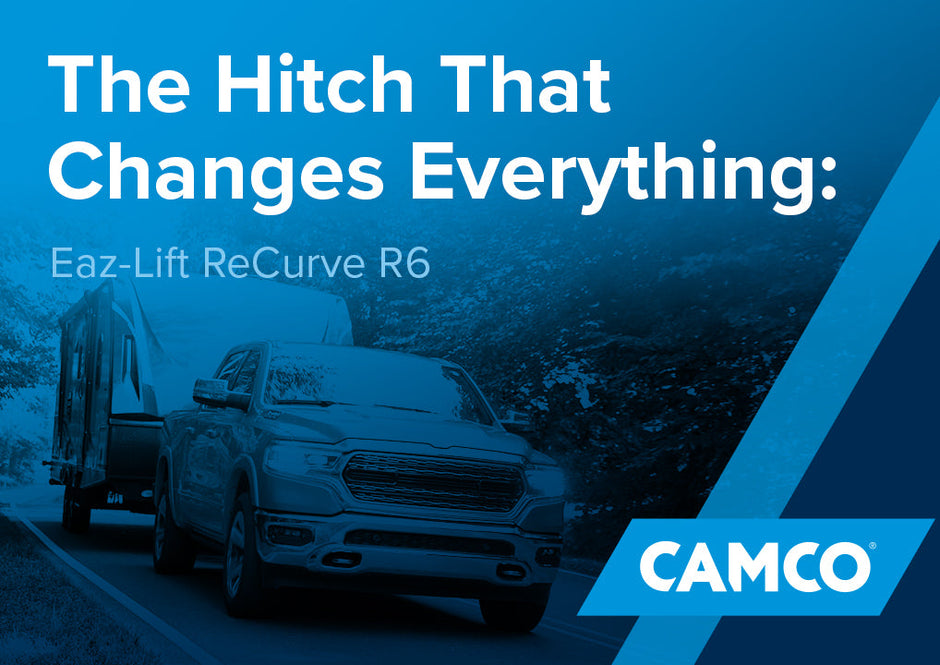How to Select the Right RV for You
If you’re thinking about getting your first RV, congrats—it’s an amazing journey! As exciting as this is, you probably have tons of questions, starting with what model to choose. There are many different types of RVs, each with specific functions, pros and cons.
Should you get a travel trailer, fifth-wheel, toy hauler/sport-utility trailer, folding/pop-up trailer, hybrid/expandable trailer, truck camper, Class A motorhome, Class B motorhome, or a Class C motorhome?
Understanding the capabilities of each model is the first step towards finding the right RV for your future adventures.
Travel Trailers

Travel trailers are extremely popular and diverse in size and style. Some have a retro design (like the iconic, aluminum-bodied Airstreams); other models are sleek and modern. Travel trailers are hard-sided and usually have a slide out—an extendable section for more interior space. This type of RV is fully insulated (unlike pop-ups and expandable trailers).
Depending on the size of the travel trailer (range between 8-40 feet long), they may have one, two, or even three axles. The more axles, the more stable they are while towing. Your tow vehicle will need to have the power to pull your trailer. Try to keep the trailer’s GVWR less than 75% of your tow vehicle’s towing capacity. Start by checking your pickup’s manufacturer trailer tow ratings.
Some travel trailer cons: Travel trailers can be unstable to tow, making them prone to sway. But with the right weight distribution hitch with sway control, you can easily have a smooth and safe drive. Travel trailers can also be more challenging to backup and maneuver when setting up camp…but they require little setup time once parked and unhitched.
Travel trailers are also smaller than a fifth wheel, which means there is less storage space. With effective packing and use of space, this may not be an issue.
Fifth-Wheels

The benefits of having a fifth-wheel are that they provide more living space, are more stable to tow, and there’s normally a bedroom in the front end.
Fifth-wheels usually need to be towed by a heavy-duty, three-quarter ton or one-ton pickup truck. The reasons for this: 1) most are heavy to tow, and 2) their front end is designed to go over the truck bed. There are some smaller fifth-wheels that can be towed by half-ton trucks. These range between 20-40 feet long.
You’ll need a fifth wheel hitch that connects to your truck bed. There are several styles available: fixed hitches, slider hitches, and gooseneck trailer hitches.
Depending on the height of the fifth wheel, it may not clear some bridges. You'll have to pay attention to height clearances as you travel.
Toy Haulers or Sport-Utility Trailers

Toy haulers or sport-utility trailers refer to any type of trailer that has an enclosed garage to transport ATVs, motorcycles, and other outdoor vehicles. They provide plenty of storage room, but have limited living space. How they work: a ramp extends out the back of the trailer, allowing you to unload your vehicle(s). Once unloaded, the ramp can double as a porch. Toy haulers range between 18-40 feet long.
Folding or Pop-Up Trailers

Pop-ups are a great option for first-time RV owners. Typically, they are the most inexpensive trailer, are lower maintenance, and can be towed with some SUVs, vans, crossovers, or cars.
When towed, the roof lays flat—the entire trailer may only be four feet high, making pop-ups easy to drive with on highways and roads. Their low height clearance makes them more aerodynamic—offering better gas mileage. Pop-ups range between 8-20 feet long.
Once at camp, you raise the roof either by hand or motor. Most pop-up trailers have tent-like sides, which extend for more internal space.
The negatives: since they are tent-like, some pop-ups don’t provide a lot of insulation (there’s little temperature and noise control). However, some brands offer hard sides for additional insulation and durability.
Pop-up trailers may have less amenities— some don’t even have a bathroom. But it’s nothing a portable travel toilet can’t remedy. Since many of these RVs have tent-like material, more maintenance has to be done to ensure the fabric doesn’t crack or rip.
Truck Campers

A truck camper doesn’t require any towing—it simply mounts onto a pickup truck. So, it’s necessary to have a mid-sized to heavy-duty truck to accommodate a camper on top.
Campers aren’t very large—they range between 6-12 feet long. To increase the amount of living space, the narrow area that rests above the truck’s cabin is typically the bedroom. Campers can be difficult to install, but once on, they are easy to drive with and maneuver. One big drawback: they are costly for their size.
Class A Motorhomes

Class A motorhomes, aka “coaches”, are the biggest and most expensive RVs available. They range between 26-45 feet long. Some are so well-equipped and spacious that they rival some apartments. (Motorhomes can have between 1-4 slide out extensions with central heating and air.)
Even with their large, open living quarters, Class As are designed to have the most storage capacity of all the RVs (with built-in basement storage areas). Other features include a great panoramic windshield and king-sized features (i.e.: beds, kitchens, bathrooms, etc.).
Since Class A motorhomes are so large, many owners choose to tow a vehicle behind them for use once the motorhome is parked. Some drawbacks include: price, towing another vehicle, and gas guzzling.
Class B Motorhomes

Class B motorhomes are often referred to as “camper vans”. Of the different motorhome classes, these are the smallest (they range between 18-28 feet) and are the least expensive. Class B’s smaller size allows these motorhomes to be accessible 24/7 for long and short trips.
Class B motorhomes also get better gas mileage than Class A and Class C motorhomes. One size drawback: they can only fit about five people comfortably and there’s not enough room for a full kitchen or bath.
Class C Motorhomes

A Class C motorhome is between a Class A and Class B in size (they range between 30-40 feet long). So, it’s perfect for someone looking for a middle ground—making it a popular choice among RVers.
Class C motorhomes are easy to drive and feature all the amenities and luxuries of a Class A, but at a smaller price tag. They do come with full-sized master bedrooms, kitchens, and baths.
In a Class C, you can access the living area while moving. Larger models may be too large to drive all throughout your trip—you’ll have to park them at the campsite and rely on another vehicle. Despite this, a Class C may be too small for full-time living.
The Bottom Line
Find the right RV model for you and decide if you want to buy one brand new or used. This is a fun and exciting process!
Once you’ve chosen the right RV, you’ll be able to travel and see places you’ve always wanted to explore. RVing is more than a hobby—it’s a lifestyle.







